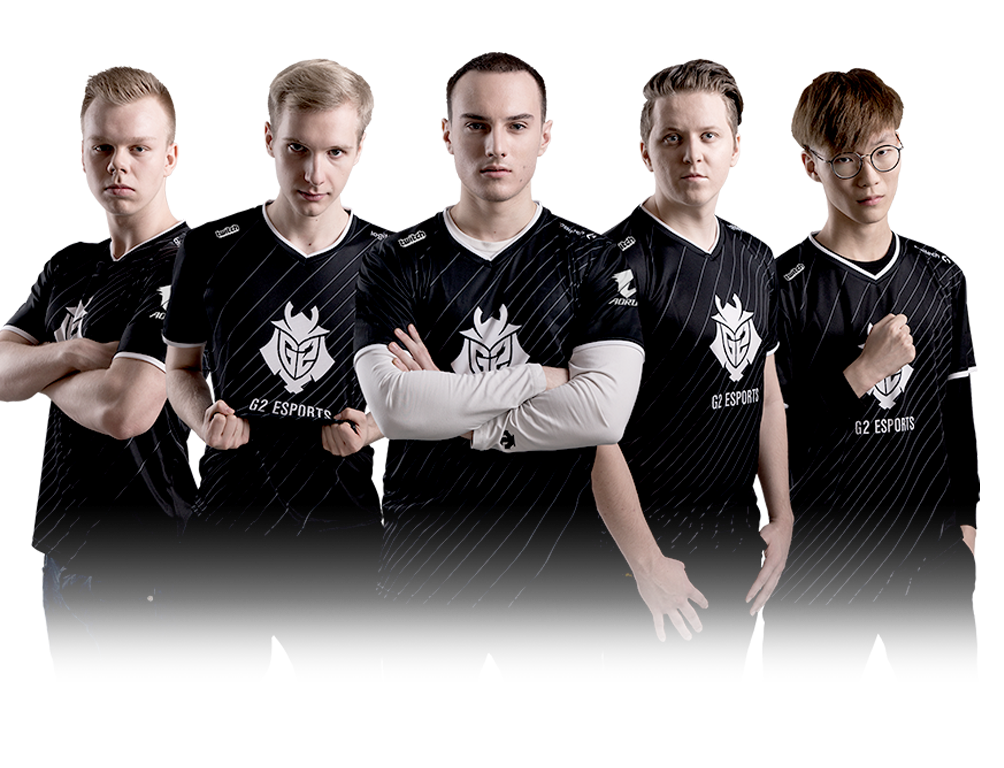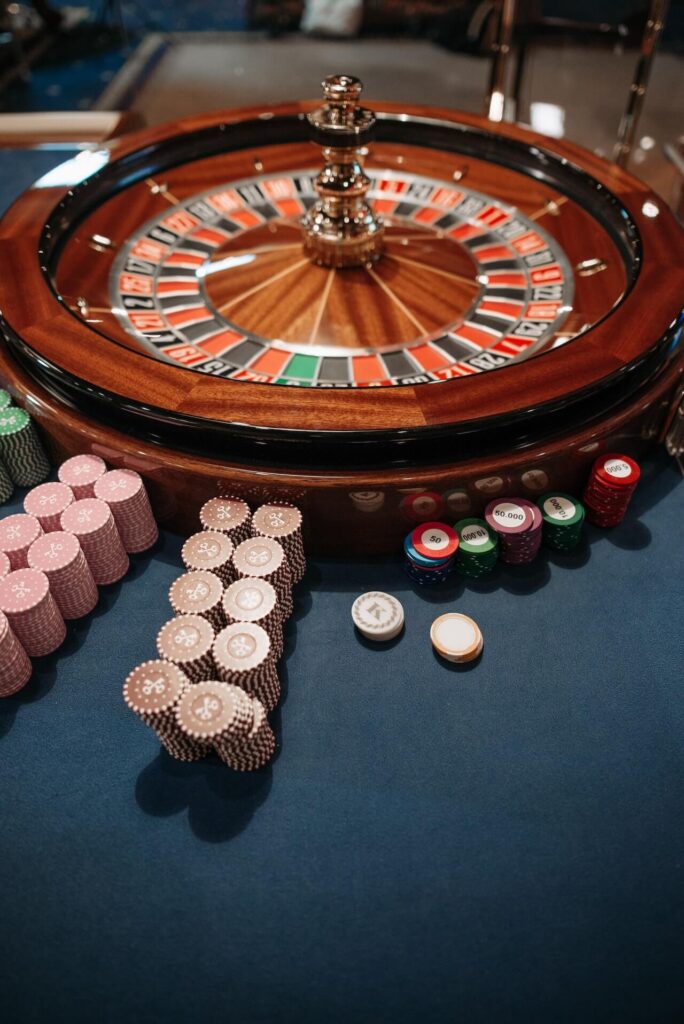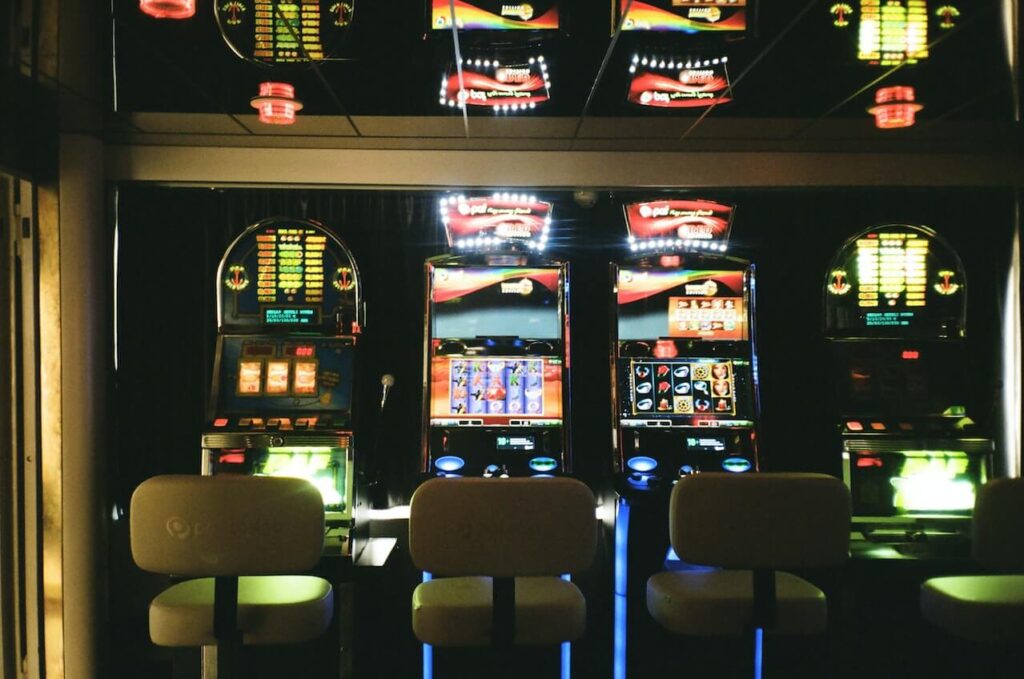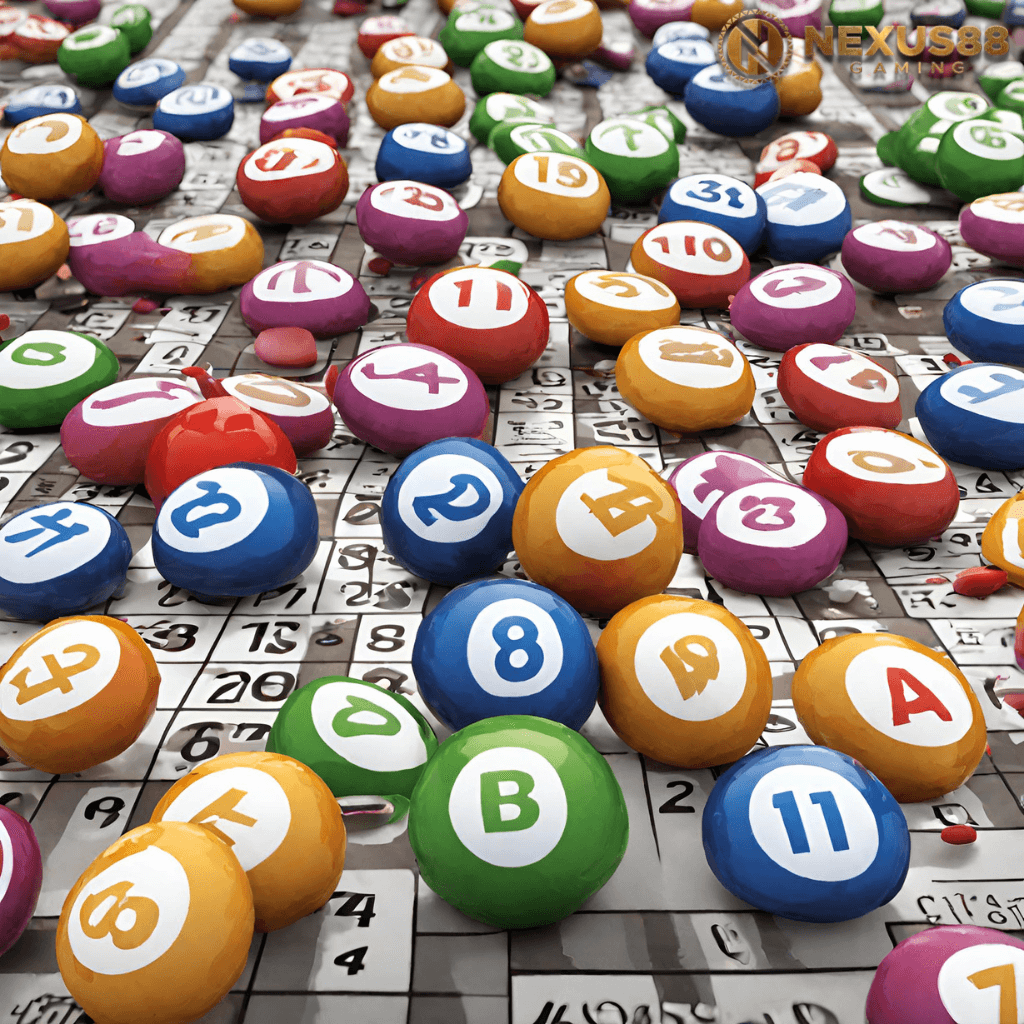Introduction
If you’re eager to indulge in this classic pastime without breaking the bank, you’re in the right place. In this comprehensive guide, we’ll unlock the secrets of cost-effective arcade gaming, revealing tips and tricks that will help you relive the nostalgia of the arcade while keeping your finances intact.
The Minimalist Arcade Setup
“The Minimalist Arcade Setup” is all about taking a thoughtful approach to recreate the nostalgic charm of arcade gaming without breaking the bank or cluttering your gaming space. Here’s a closer look at the key components that make up this minimalist gaming experience:
Emulators and ROMs: Emulators are the backbone of our setup, serving as the magical bridge that brings classic arcade games to your PC. They’re not only free but also incredibly versatile. However, it’s essential to tread on the side of legality when searching for ROMs—the game files themselves. With a bit of research, you can find legitimate sources to ensure you’re enjoying your favorite titles without any guilt.

Budget-friendly controllers: We’re steering clear of the pricey arcade sticks and diving headfirst into the world of DIY controllers and hacks. Everyday items can be transformed into arcade-style button smashers with a bit of creativity and some basic tools. This not only saves you money but also adds a personal touch to your gaming setup, making it uniquely yours.
Low-cost display solutions: While high-end gaming monitors offer stunning visuals, they can be a significant expense. Instead, let’s explore affordable screen options that provide excellent performance without emptying your wallet. You’ll be surprised at the impressive display quality you can achieve without shattering the piggy bank, allowing you to enjoy your games in all their retro glory.
Embracing these minimalist principles allows you to immerse yourself in the world of classic arcade gaming without the clutter of excessive equipment and expenses, reminding us that sometimes simplicity is the key to pure gaming joy.
DIY Arcade Cabinet
Crafting your arcade cabinet is not just a budget-friendly endeavor; it’s an epic adventure in itself. It’s a journey where you become the architect of your gaming universe, with endless possibilities for customization. What’s even better is that it often turns out to be more economical than purchasing a pre-made rig.
Before you embark on this arcade cabinet journey, it’s time to grab your toolbox and get acquainted with the materials and gear you’ll need. From selecting the right wood and screen to gathering the essential components like buttons, joysticks, and wiring, we’ve got you covered with a comprehensive guide to ensure you have everything necessary to kickstart your cabinet-building endeavor.
Step-by-step construction guide: Building your DIY arcade cabinet is a rewarding and intricate process that requires careful planning and execution.
1. Designing your arcade cabinet
- Start by sketching out your cabinet’s design, considering your preferred dimensions and aesthetics.
- Plan the layout for your controls, including buttons, joysticks, and any additional features.
- Choose the type of screen you’ll use and decide on its placement within the cabinet.
2. Gathering materials and tools
- Compile a list of materials needed, including wood (typically MDF or plywood), screws, hinges, plexiglass for the screen, and T-molding for edges.
- Collect essential tools such as a saw, drill, screwdriver, router, and measuring tape.
- Purchase arcade buttons, joysticks, a screen, and audio components as per your design.
3. Preparing the wood
- Measure and mark the wood pieces according to your design.
- Use a saw to carefully cut the wood components, ensuring precision to achieve a seamless fit.
- Create openings for your buttons and joystick on the control panel.
4. Assembling the cabinet
- Begin by constructing the main frame, which typically consists of a base, two side panels, a marquee, and a control panel.
- Attach the side panels to the base, making sure they are square and secure.
- Add supports for the screen and control panel within the cabinet.
5. Adding the screen and controls
- Carefully mount the screen inside the designated area, securing it with brackets or screws.
- Attach your control panel, ensuring it aligns perfectly with the button and joystick openings.
- Wire the buttons and joysticks to the appropriate controllers, following the manufacturer’s instructions.
6. Finishing touches
- Apply T-molding to the edges of your cabinet for a polished look.
- Install speakers and any additional audio components for a complete gaming experience.
- Sand any rough edges, and finish the wood with paint or laminate for a professional appearance.
7. Wiring and testing
- Connect the wiring for the buttons, joysticks, screen, and audio components to the appropriate interfaces on your arcade controller board.
- Double-check all connections for accuracy.
- Power on your DIY arcade cabinet and test all buttons and controls to ensure they function correctly.
8. Customizing your cabinet
- Add artwork or decals to the exterior of your cabinet to give it a unique and personalized look.
- Install a marquee with your chosen design to enhance the visual appeal.
- Once everything is assembled and tested, it’s time to bask in the glory of your personalized arcade cabinet.
- Invite friends and family over to relish in the nostalgia of classic arcade gaming or immerse yourself in your favorite titles.
Remember that building a DIY arcade cabinet may take time and patience, but the satisfaction of creating a functional and unique gaming masterpiece is worth every step of the journey. Enjoy countless hours of gaming and the pride of having built your very own arcade cabinet from scratch.
Maintenance and Longevity
In the world of arcade gaming, ensuring the longevity of your setup and taking proper care of your gear is paramount. Here, we’ll dive into the essential aspects of maintenance and care, helping you preserve your Arcade Gaming world so it never falters.
Your arcade setup, like any piece of technology, requires tender loving care (TLC). Learn how to protect your screen from smudges, keep your buttons and joysticks responsive, and safeguard your entire setup from wear and tear.
By investing time and effort in maintenance, you’ll ensure that your Arcade Gaming world remains a reliable source of entertainment for years to come.
Troubleshooting 101: Spotting and Fixing Tech Hiccups
No one wants technical issues to disrupt their gaming party. That’s why we’re providing you with troubleshooting tips to spot and fix problems like a pro. From diagnosing software glitches to addressing hardware malfunctions, we’ve got you covered.
Learn how to identify common issues such as screen flickering, controller connectivity problems, or sound disturbances, and discover the steps to resolve them swiftly. With troubleshooting know-how in your arsenal, you can keep your gaming sessions running smoothly without unnecessary interruptions.
Upgrade Without Emptying Your Pockets
As your arcade gaming journey progresses, you may feel the urge to upgrade your setup. However, upgrading doesn’t have to be a costly endeavor. We’ve got the scoop on how to score secondhand gems and make budget-friendly hardware improvements.
Explore the world of refurbished or pre-owned gaming equipment, where you can find hidden treasures without breaking the bank. Discover how to prioritize upgrades that provide the most significant impact on your gaming experience, whether it’s enhancing graphics, improving audio quality, or expanding your game library.
Sustain Your Arcade World
Your arcade gaming setup is not just a collection of equipment; it’s a portal to countless gaming adventures and memories. By prioritizing maintenance, troubleshooting proficiency, and budget-friendly upgrades, you ensure that your arcade world continues to thrive. With these skills and knowledge at your disposal, you can enjoy uninterrupted gaming sessions, adapt to new challenges, and keep the spirit of arcade gaming alive in your home for years to come.
Free-to-Play Arcade Games
Free-to-play arcade games come in a wide array of genres, ranging from classic shoot ’em ups to endless runners, puzzle games, and more. You can easily find something that suits your gaming preferences.
While the base game is free, many F2P arcade titles rely on microtransactions for revenue. These in-game purchases can include cosmetic items, power-ups, or additional content. It’s essential to be cautious and mindful of your spending to stay within your budget.
- Regular Updates: Many F2P arcade games receive regular updates and new content, keeping the gameplay fresh and engaging. Developers often listen to player feedback, making improvements and adding features based on community suggestions.
- Multiplayer and Competitive Modes: Some F2P arcade games offer multiplayer modes, allowing you to challenge your friends or engage in online competitions. These modes can provide a social gaming experience without any added cost.
- Community and Events: Free-to-play arcade games often foster active player communities. You can participate in events, tournaments, and challenges, earning rewards and showcasing your skills to a wider audience.
- Examples: Popular F2P arcade games include titles like “Brawlhalla” (a platform fighter), “Crossy Road” (an endless hopper), and “Candy Crush Saga” (a match-three puzzle game). These games offer a perfect blend of accessibility and engaging gameplay.
Competitive Arcade Gaming
Arcade gaming isn’t just about high scores; it can also be a fiercely competitive arena. Competitive arcade gaming has a dedicated following, and here’s a glimpse into this thrilling aspect of gaming:
- Tournaments and Events: Competitive arcade gaming hosts a range of tournaments and events, both online and in physical locations like arcades or gaming conventions. Gamers come together to prove their skills and compete for prizes, recognition, and glory.
- Esports Scene: Some arcade games have evolved into full-fledged esports, with professional players, teams, and leagues. Titles like “Street Fighter” and “Tekken” have thriving competitive scenes that attract top-tier talent from around the world.
- Diverse Genres: Competitive arcade gaming spans various genres, including fighting games, rhythm games, racing games, and even classic high-score challenges. The skill sets required for success can vary greatly.
- Arcade Sticks and Controllers: To excel in competitive arcade gaming, many players invest in high-quality arcade sticks or controllers that offer precision and responsiveness. However, there are budget-friendly options available for those just starting.
In summary, free-to-play arcade games offer accessible fun without a price tag, while competitive arcade gaming adds a thrilling layer of competition and community engagement to the mix.
Conclusion
In a nutshell, arcade gaming isn’t just about dumping your savings into cabinets. With a savvy approach and a dash of creativity, you can have an incredible arcade experience on a shoestring budget.
So, what are you waiting for? Roll up your sleeves, build that epic DIY cabinet, and immerse yourself in the arcade universe without going bankrupt. Remember, it’s all about the thrill of the game, not the weight of your wallet.
Get ready to conquer the arcade world, champ! Let the games begin!
You can read our casino Game related contents here:
- Best Casino Games Online And New Casino 2023
- Dragon Tiger Game Tips For Beginners: Mastering The Basics
- Betting Like A Pro: Secrets Of High-Stakes Budgeting
- PNXBET: Your Gateway To Ultimate Online Casino And Betting Fun
- Why You’ll Love Playing Poker Tournaments At Lodi291 In 2023!
- 2024 Ultimate Guide: Become A Blackjack Pro With PhilWin
- Win Big In 2024: Conquer Progressive Jackpot Table Games At Ph646!
- 8 Trusted Strategies To Conquer Dragon Tiger Betting On Taya777
- Cracking The Code Of Field Bets: Hot646 Casino Uncovered
- The Winning Formula: How To Compute Tie Bet Gains In Baccarat At CC6 Online Casino

















